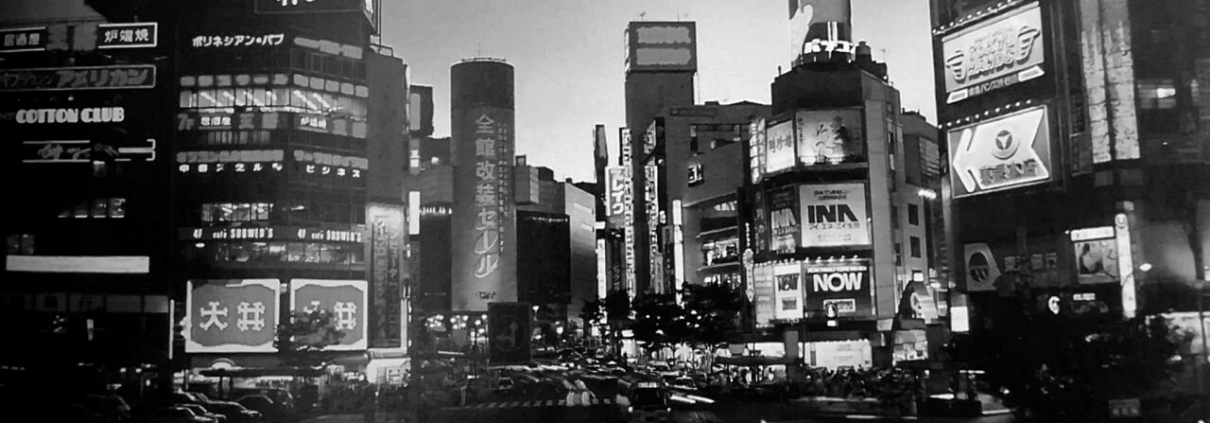Pt. 7: The Lost Decade and Migration to Cities
Population in 1989: 124 million people
The 1989 stock crash marked the end of Japan’s exponential growth, and the real estate market was hit the hardest. Properties lost more than half of their value immediately following this economic disaster.
As economic uncertainty rose, young people started migrating to Tokyo and other major cities, leaving behind their family home in search of economic opportunities. At the same time, renting and buying properties in city centers suddenly became drastically cheaper.
Between 1950 and 2010, the combined population of the Tokyo, Osaka, and Nagoya metro areas grew from 29 million to 64 million (2.2x), while all other areas combined only grew from 54 million to 62 million (1.1x). In essence, metropolitan areas saw rapid population growth while the rest of Japan only saw minor growth.
Further, when looking at the percentage of people living in rural areas compared with rural areas, the statistics paint a much starker picture.
In 1955, 42% of the population lived in rural areas, while 58% lived in urban areas. By 2010, only 9% of the population lived in rural areas while 91% lived in urban areas.
By the time that I first visited Japan in 2005, this trend had already been cemented. It was clear that ambitious high school students who I interacted with while spending a month on an exchange program in Tono, Iwate, where the population peaked in 1955 at 47,000 people and had dwindled to 31,000 by 2005, were dreaming of big city life. Staying in their hometown was inferior in their minds, as it must have been for college-bound students across the country.
Across rural cities and towns in Japan, it quickly became the case that the largest local employer was the local government, as private sector opportunities continued to disappear. Once lively shopping streets filled with local stores, restaurants, and nightlife turned into almost-empty streets lined with closed shutters. While the trend was apparent, it was essentially swept under the rug as the Japanese state was focused on recovering from a nationwide economic downturn, compounded by the Asian financial crisis in 1997 and the 2007–2008 global financial crisis.
While the Japanese economy had a healthy rebound out of the 2008 debacle, it was short lived as Japan was about to be struck by something much more devastating.



